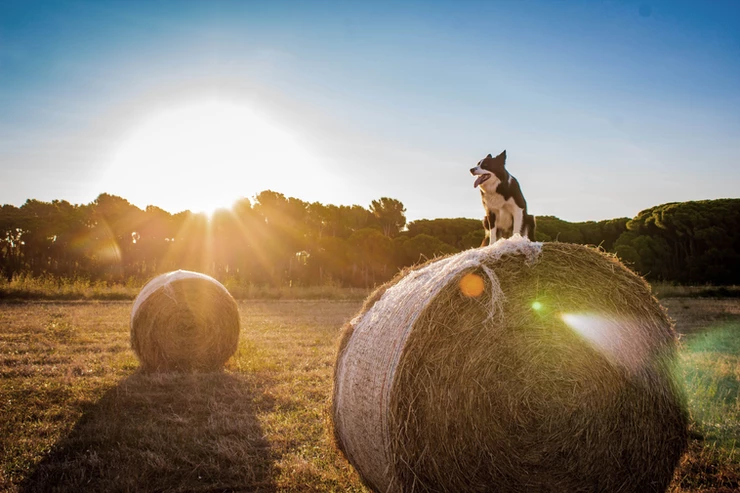Crop Insurance
Crop insurance can be very confusing. There are all sorts of deadlines, coverages, limits, acres, base rates, diminishing deductibles...enough to make your head spin! So I'm going to break down a few things and point out a few key things you should know about crop insurance and/or crop hail insurance:

Municipal crop insurance is an opt-out product. The deadline to do so is usually March 31st each year. This gives you minimal coverage for damage to your crop. If you don't opt-out by the deadline, you are automatically registered for the minimum amount of coverage for your crops. You can also opt-in for higher coverage limits, if you prefer that. Crop insurance has seeding deadlines to ensure coverage - for both spring and winter crops. There are many different deadlines, so I won't go into them here, but you need to be aware of them when you're seeding your crop. Crop hail insurance (I know, slightly different, but different, so it's confusing) you can buy at any time. You get to choose which limit of insurance you want and how many acres on each quarter. This insurance is good until you have harvested or until the deadline date, whichever is sooner. For many companies in Saskatchewan, the deadline date is October 31st. Some crop hail insurance companies will accept credit cards, and even post-dated credit card payments when you buy your crop insurance. That post-date is often August 15th, so you can have coverage for most of the stormy season before you even have to pay for it! To make your crop hail insurance purchase more affordable, there are many types of deductibles (ie: disappearing deductibles) that we can put on the policy. This makes it so that, for example, perhaps a 10% loss on your crops isn't covered, but by the time you get to a 90% loss on your crops, it's covered completely. There is one thing you should definitely know about your crop hail insurance: if you suffer a hail loss early in the growing season, and there is a partial regrowth, the insurance company will only pay you for the difference. So if you had a 70% loss, and you ended up having regrowth so your crop was 50% of what it could have been, then you will likely only get about that 20% difference in payment. This is just a brief overview of crop and hail insurance. If you have any questions, feel free to let us know and we are happy to help! We want to help you navigate the tricky waters when it comes to your most important asset - your crop.

